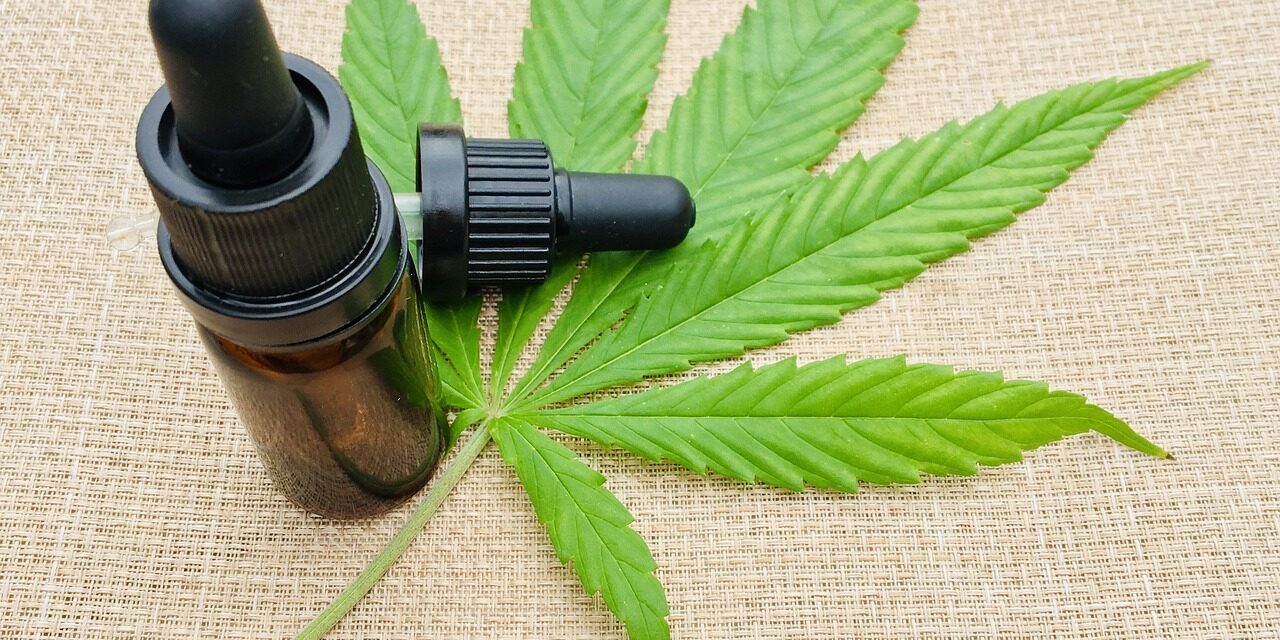For some people, particularly those for whom opioids or other pain relievers are contraindicated, tetrahydrocannabinol, or THC, is a great alternative, which is the compound in marijuana that contains pain-relieving properties. In fact, nearly two-thirds of subjects in a study were able to reduce their use of opioids when using medical marijuana to combat their chronic pain. In particular, there have been encouraging results in the treatment of fibromyalgia using either THC or cannabidiol (CBD). Although the researchers concluded that more research is needed, several of the evaluated studies showed at least equivalent pain-reducing properties to over-the-counter remedies and even as much as certain doses of codeine.
Other Benefits
One of the big advantages of THC is that there are several ways to take it. First, it’s possible to smoke the dried leaves. It’s also possible to infuse a resin with it and then use a device called a dab rig, in which you apply heat to the resin to create a vapor that contains the THC. You can also take THC orally. Baking leaves into cookies, cakes, or breads is popular. You can also create gummies, chocolates, or candies with this compound included.
This flexibility allows you to use marijuana in the way that is both most effective for you and creates the least number of side effects. One example is that the Arthritis Society of Canada notes the effectiveness of THC “edibles” in treating the pain of arthritis even if it cannot cure the actual condition.
Reasons to Use THC Instead of Opioids
Aside from THC’s effectiveness, the chief reason to use it rather than opioids is that it’s simply not opioids. Although it’s possible to misuse to the point of THC use disorder, it’s much less common than opioid use disorder. Generally, just one in 10 people develop an addiction. Most of the time, people under 18 are the most susceptible. Therefore, it’s advisable only to use cannabis as an adult.
Seven years ago, Reiman and two other researchers showed that 97% of the people they surveyed reported that they were able to reduce the amount of opioids they needed for pain relief. Furthermore, 81% reported that using medical cannabis by itself was more effective than using opioids at the same time.
How to Secure a Cannabis Prescription
First, it must be noted that some states allow the use of products containing either CBD or THC without a prescription. The 26 states and territories that allow recreational use of cannabis are:
- Colorado
- Washington
- Alaska
- Oregon
- Washington, D.C.
- California
- Maine
- Massachusetts
- Nevada
- Michigan
- Vermont
- Guam
- Illinois
- Arizona
- Montana
- New Jersey
- New York
- Virginia
- New Mexico
- Connecticut
- Rhode Island
- Maryland
- Missouri
- Delaware
- Minnesota
- Ohio
There are also 14 other states where cannabis is legal if you have a prescription and a medical use card. They are Alabama, Arkansas, Florida, Hawaii, Kentucky, Louisiana, Mississippi, New Hampshire, North Dakota, Oklahoma, Pennsylvania, South Dakota, Utah, and West Virginia. There are 14 different processes involved, so it’s best to look up how to do it in your state.






